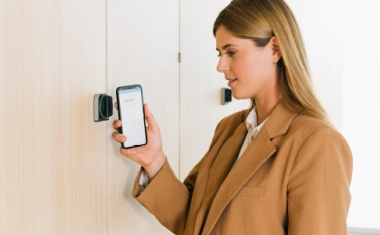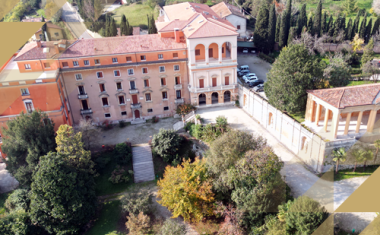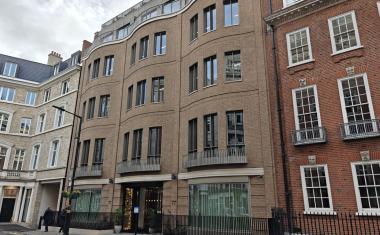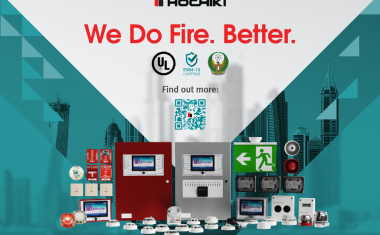Video Cameras in Modern Building Infrastructures
For a long time, video cameras were used primarily for surveillance purposes. However, with digitalisation, new technical standards, and the application of artificial intelligence (AI), the range of possible uses has fundamentally expanded. Today, cameras offer far more than traditional security functions and are evolving into valuable sensor platforms within modern building infrastructures.
While cameras still play a crucial role in enhancing security, they are increasingly used in other areas such as marketing, parking management, workforce planning, and the control of building systems. Current technological trends, originally developed for security-related applications, are now opening up new use cases.
A prime example is the continuous improvement in resolution: 4K and even 8K cameras allow for highly detailed capture of people, objects, and situations – a development that benefits both security and a variety of other applications. Key advancements include intelligent video analytics, AI integration, cloud-based storage solutions, integration into IoT environments, and mobile surveillance technologies. Modern systems no longer simply record video data passively but actively analyse it in real time – either directly on the device ("on the edge") or via central servers. This enables automatic triggering of alarms or initiation of processes. Artificial intelligence assists with the recognition of patterns, faces, or number plates and helps in automatically reporting suspicious activities. Instead of relying on local storage media, cloud-based solutions are increasingly being adopted, offering more flexible access and better scalability. Cameras are also becoming integral components of smart building systems – such as in smart homes, traffic management, or building-wide automation. The use of camera-equipped drones is also gaining importance among security authorities and private providers.
Data protection and public acceptance
As the use of camera technologies increases, ethical and legal issues are moving to the forefront. The European GDPR, stricter regulations around facial recognition, and the requirement to label monitored areas are contributing to greater transparency and building public trust. At the same time, clear legal frameworks are essential to ensure the responsible use of such technologies.
Cameras as connected sensors
The term "visual intelligence" is increasingly replacing the traditional understanding of video surveillance. Today, cameras act as multisensory systems capable of detecting audio, temperature, or even chemical signals. Supported by AI-based analytics, they contribute not only to building security but also to the optimisation of operational processes. Close cooperation between manufacturers, integrators, and security experts is creating solutions that deliver tangible added value – from automation to increased efficiency.
New perspectives for building security
Thanks to AI-based video analytics, proactive security strategies are now possible. Cameras can detect behavioural anomalies, movement patterns, or unauthorised access and trigger appropriate responses automatically. Especially in high-security areas such as airports, these systems can flexibly adapt to emerging threats and provide targeted support to security personnel.
Early fire Detection via video
One of the major innovations in fire protection is AI-powered, video-based fire detection. Systems such as Bosch's Aviotec 8000i IR use deep learning algorithms to detect smoke and flames in real time. They operate reliably even under challenging conditions such as darkness, humidity, or strong air circulation, often identifying hazards earlier than conventional detectors.
Added value beyond security
Intelligent cameras are also being used in sectors such as retail and hospitality. They monitor visitor flows, identify peak periods, and analyse customer behaviour. As a result, they support not only security but also provide valuable operational data for planning, marketing, and personnel management.
Building management through video data
Management software evaluates the captured information and makes it usable for operators – for instance, to determine occupancy levels, demographic structures, or traffic flows. Environmental aspects can also benefit when HVAC systems are controlled based on room occupancy or lighting is adjusted according to demand. In this way, intelligent camera technology actively contributes to sustainability in buildings.














